Many of the biggest climate change challenges that we face are related to microbes. Microbes are found everywhere, are fundamentally linked to every form of life on Earth and underpin the establishment and function of healthy ecosystems. There is already strong evidence that changing climate conditions can impact on microbes, for example growth of toxic algae in water bodies increases in warmer temperatures. The relationship between climate and microbes can however be very complex and scientists are currently trying to predict future risks and effects. There is good news, however: microbes might also help provide solutions to some of the challenges that we face.
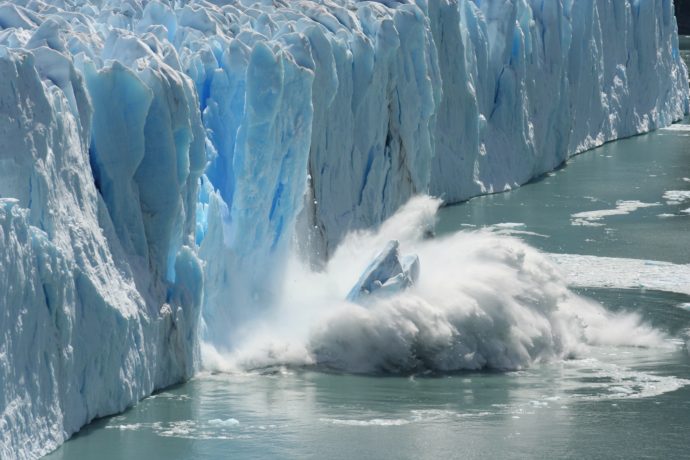

MICROBES AND GREENHOUSE GASSES
Greenhouse gasses (GHG), so-called because they absorb heat in the form of infrared radiation that is then emitted back to earth, are a natural part of the Earth’s atmosphere. Without them, life could not exist on the planet but due to a massive increase in the human population and human activities such as burning fossil fuels and de-forestation, the levels of GHGs are rising. This causes changes in climate and weather systems, which can also lead to extreme weather events. The most important GHGs involved in climate change are carbon dioxide, methane and nitrous oxide.
Although they are microscopic, microbes play key roles in the turnover and balance of GHGs and can maintain or disrupt GHG balance, depending on the type of microbe and the environmental conditions. Environmental changes that impact on these microbes, either driven by climate change or through pollution, mismanagement of agricultural practices or other human activities could, therefore, drive further disruption of GHG balance.
Phytoplankton are photosynthetic algae and cyanobacteria, and are the foundation for the marine food chain. Phytoplankton convert and release billions of tonnes of carbon dioxide from and into the atmosphere and perform half of the planet’s oxygen production. Changing water temperatures and rising carbon dioxide levels that cause water bodies to become more acidic can influence the composition of marine microbe populations. There are concerns that disturbing the balance of these crucial microbes could drive further changes in GHG levels through positive feedback systems.
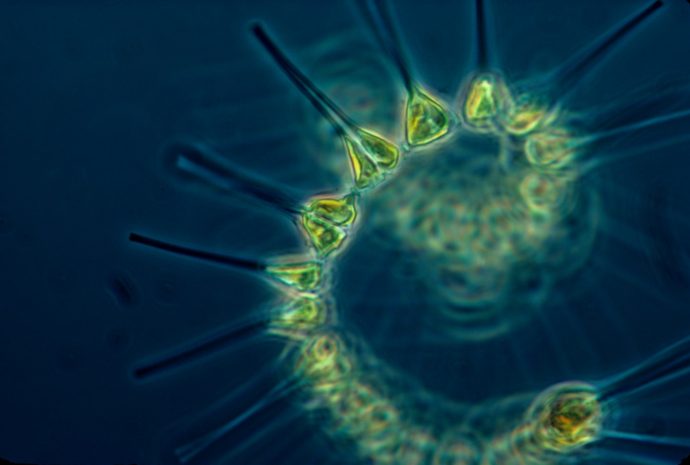
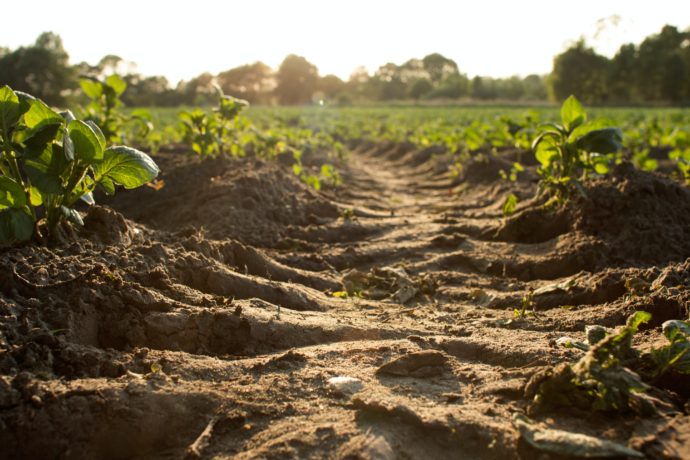
Soil microbes have roles in both releasing certain GHGs and reducing others. Microbes help to lock carbon into soils and support the growth of plants, which also sequester carbon dioxide from the atmosphere through photosynthesis. When land is used for agriculture, this affects the microbial composition of soil, with significant impacts on GHG levels.
INFECTIOUS DISEASES
Changes in climate can influence a variety of factors that may impact on the incidence of infectious diseases in crops and food-producing animals, as well as pathogens (disease-causing microbes) that contaminate food and water and cause human disease. These factors include effects on the survival and growth of pathogens, host factors that influence disease susceptibility and environmental changes that affect the frequency of transmission events.
Microbial factors
Changes in air and water temperatures and levels of rainfall can influence the occurrence and distribution of pathogens, drive their evolution and increase their transmission. Many microbes thrive in wet and warm conditions. For crops, this can result in poor growth and food spoilage; the microbe that causes potato blight, Phytophthora infestans, is particularly sensitive to climatic conditions.


Some pathogenic microbes also thrive in soil with high levels of moisture. This can also affect some multicellular parasites that have environmental life stages such as some nematode (roundworm) species and the sheep and cattle liver fluke (Fasciola hepatica), which is a significant problem for Scottish farmers, especially during wet weather.
Some plant fungal pathogens are airborne and can be spread over great distances by air currents. The spread of these microbes is likely to be affected by extreme events such as hurricanes. A fungus called Hymenoscyphus fraxineus (formerly Chalara fraxinea) causes a serious disease called ash dieback and was first discovered in the UK in 2012. The fungal spores can be spread by the wind and devastate ash forests. Ash forests are important ecosystems that provide habitats for numerous other animal and plant species and so this disease is a great risk to biodiversity. The fungus originated in Asia, where the native tree species are resistant to infection but European ash tree species have no natural defences.
Farmers in Scotland pay close attention to weather forecasts to enable them to manage their farms and avoid these risks but this is increasingly difficult for extreme weather events that are hard to predict. There is also evidence that antibiotic resistance in bacteria is higher in regions with warmer climates.
Disease vectors
Disease vectors are insects, ticks and other pests that can spread disease by transmitting microbes from host-to-host, and often between host species. Environmental changes such as elevated water and air temperatures or increased abundance of water bodies can influence the distribution, survival and reproduction of these vectors.
Flooded areas often act as breeding grounds for mosquitos and midges, which can spread a variety of diseases. Malaria is caused by Plasmodium parasites and is spread by mosquitos, and Bluetongue, which is a viral disease of livestock, is transmitted by midges. Changes in climate can also affect the distribution of ticks. Ticks can transmit disease-causing microbes between farmed animals as well as between livestock and wildlife species. Zoonotic pathogens can also be transmitted between animals and humans including Borrelia, the bacterium that causes Lyme disease in humans, which can be very serious if left untreated. Vectors of crops diseases are also influenced by climate and weather, including aphids and nematodes that spread many viral diseases.
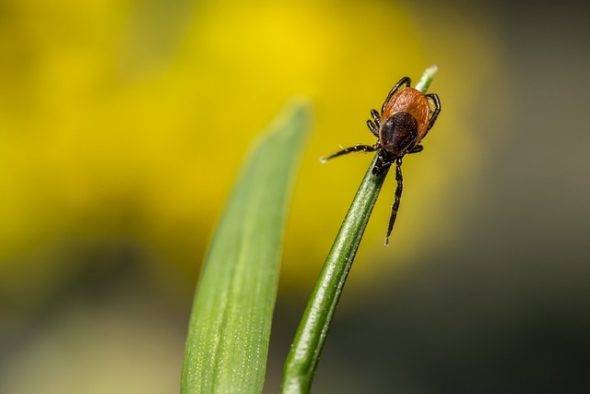
Host factors
Disease susceptibility and transmission is often determined by host factors. For animals, increases in temperature and the associated stress can result in a weakened immune system, making them more susceptible to infections. Similarly, factors such as temperature and humidity can also affect the resistance of plants to certain diseases.

Changes in climate also influence the behaviour, survival and distribution of animals and plants and this can affect transmission patterns of some diseases. Animal populations that were previously separate may come into closer contact as habitats are affected by climate and weather, and scientists have observed changes in the migration pattern of some birds. Behavioural changes, such as animals grouping around limited water supplies during drought conditions may also increase disease spread.
FOOD SAFETY
Scientists are trying to understand the effects of changing weather and climate on foodborne disease. Climate change may lead to increased levels of zoonotic pathogens on farms that can contaminate food products and elevated temperatures can lead to higher levels of bacteria such as Salmonella that are able to multiply in food.
Increases in sea surface temperatures can also promote microbial growth. This has been observed with the bacterium Vibrio cholerae, which causes cholera. Symptoms of cholera include severe watery diarrhoea and vomiting and although the disease can be treated when diagnosed early (with sufficient access to medication) many people die every year from dehydration. The bacteria can accumulate in shellfish and this is a common source of infection in some areas of the world.
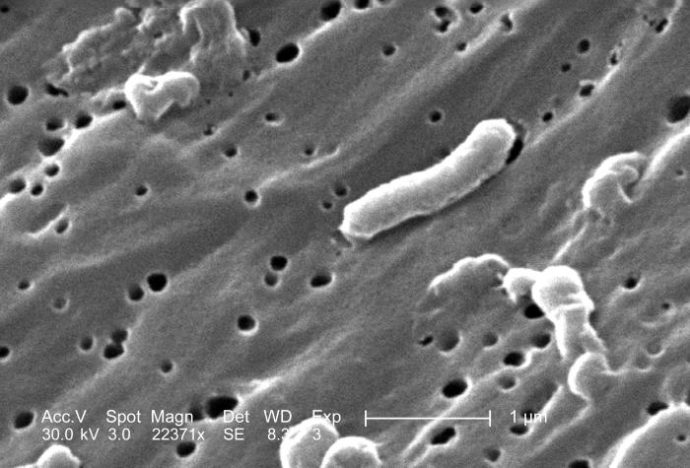
Some fungi produce mycotoxins, which are poisonous chemicals. Climate conditions that promote increased growth of some fungi in crops can lead to higher levels of mycotoxins in cereals and animal feed. Increased microbial growth in marine waters can lead to higher levels of marine biotoxins. These are produced by certain types of phytoplankton (also referred to as algae) and can affect the health of fish, marine mammals and people. Increased water temperatures and levels of agricultural fertilisers and nutrients from the soil that are washed into marine waters following heavy rainfall can result in overgrowth of phytoplankton.
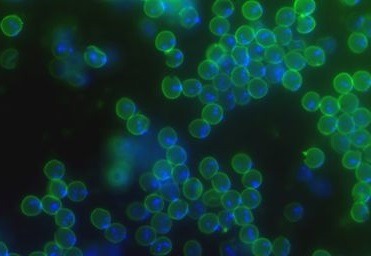
Microbes that cause human disease, including bacteria that have become resistant to antibiotics, can also be spread to watercourses from agricultural land and sewage systems that are overwhelmed as a result of heavy rainfall. People can become infected with microbes such as E. coli and Cryptosporidium if this contaminated water is used in food production or irrigation. The impact of climate change on animal and crop diseases is also predicted to lead to increased use of veterinary medicines and pesticides, which may result in their accumulation in food with potential consequences for health.
EFFECTS OF AGRICULTURE ON CLIMATE CHANGE
Animal agriculture is a major contributor to methane production. Methane is produced by microbes called methanogens in a section of the digestive system of ruminants (including cattle, sheep and goats) called the rumen. This is a natural process that allows ruminants to digest grasses & forages, converting plant material that we cannot eat into protein that we can eat, often on very unproductive land. These effects are compounded when the agricultural land has been converted from ecosystems that contribute to large scale sequestration of GHGs such as rainforests.

Although nitrous oxide (also known as laughing gas) is present at a much lower level in the atmosphere, it is almost 300 times more effective at trapping heat than carbon dioxide and is therefore a very important GHG. Nitrous oxide also depletes ozone, which absorbs harmful ultraviolet light from the sun. Soil microbes convert nitrate or nitrite into nitrogen and nitrous oxide as a natural process but this can be increased by the use of nitrogen fertilisers, which are used extensively in agriculture to support the growth of crops such as rice, corn and wheat, and on pastures. Additionally, soil microbes in rice paddies release GHGs. The soil becomes water-logged, excluding oxygen and creating ideal conditions for anaerobic bacterial processes that release methane.
HOW MICROBES CAN HELP
It is not all bad news. Microbes could also help to mitigate the effects of climate change and provide solutions to reduce GHG levels. By understanding more about the roles that microbes play in generating GHGs, we can take steps to improve food production systems and limit certain harmful agriculture practices. Animal diseases lead to increased emissions as a result of decreased productivity so improving livestock health through development of vaccines and other strategies can help. Scientists are also investigating ways to reduce the production of methane by rumen microbes including breeding cattle for lower emissions or using novel animal feed additives such as seaweed. In crop agriculture, soil microbes that can efficiently convert nitrous oxide to dinitrogen are being investigated to reduce levels of this GHG.
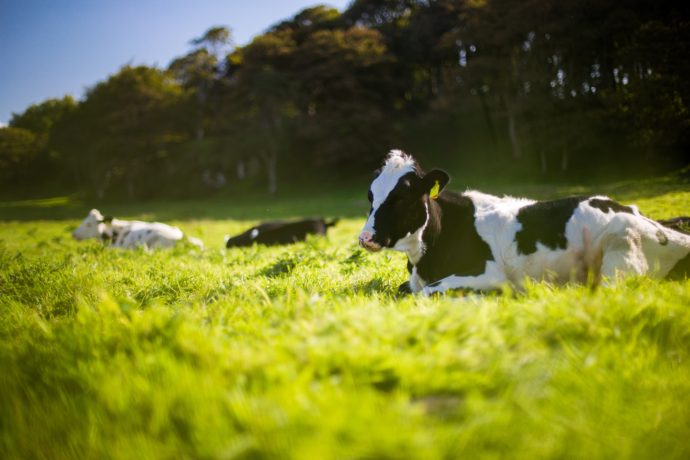

We already use microbes to generate meat substitutes such as Quorn, which is made using mycoprotein from the fungus, Fusarium venenatum, but other microbes are also being studied as potentially nutritious alternatives to intensively farmed animals and crops. The metabolic properties of microbes are also being harnessed to provide solutions for other drivers of climate change. Much of the GHG emissions in the UK originates from degradation of food waste but composting under the correct conditions can reduce the amount of methane that is produced and lock up carbon. Microbes are also used in the production of biofuels from crops as a source of alternative energy to fossil fuels, although there are environmental and ethical issues surrounding this practice and the benefits are currently being debated.
Read also
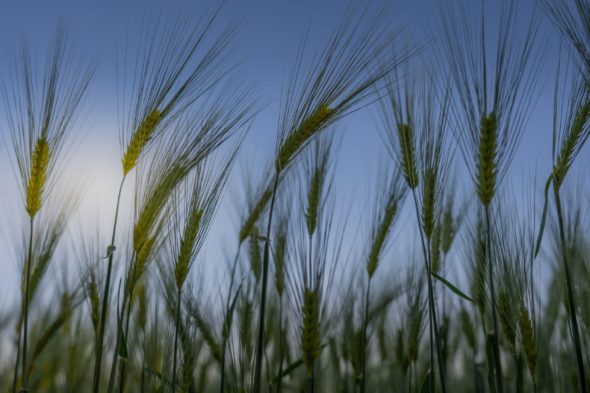
Farming and environment
Crop diseases
Microbes can also cause plant diseases and farmers work hard to keep their crops protected.
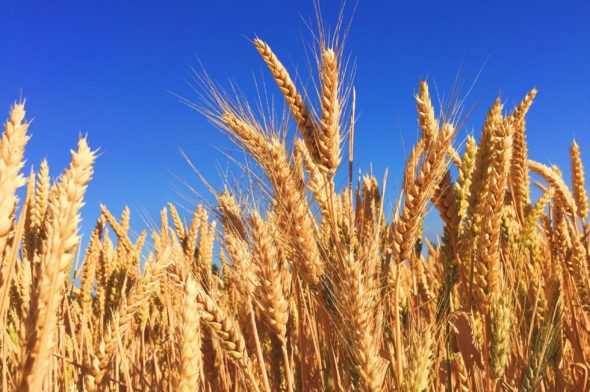
Foodborne pathogens
Natural toxins from microbes
Microbes can also cause health problems through the production of toxins, known as natural toxins.
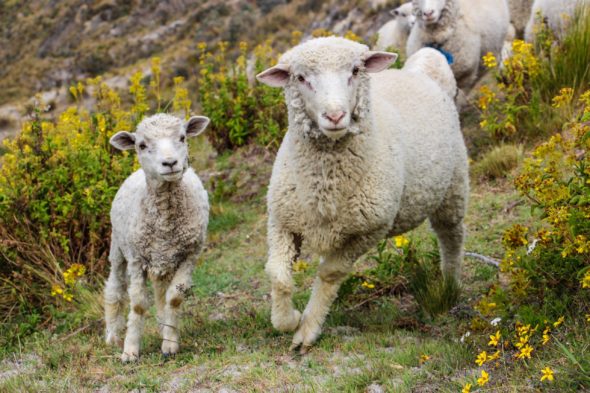
Farming and environment
Farm animal diseases
Animals, like humans can become infected with microbes and suffer from a wide variety of diseases.